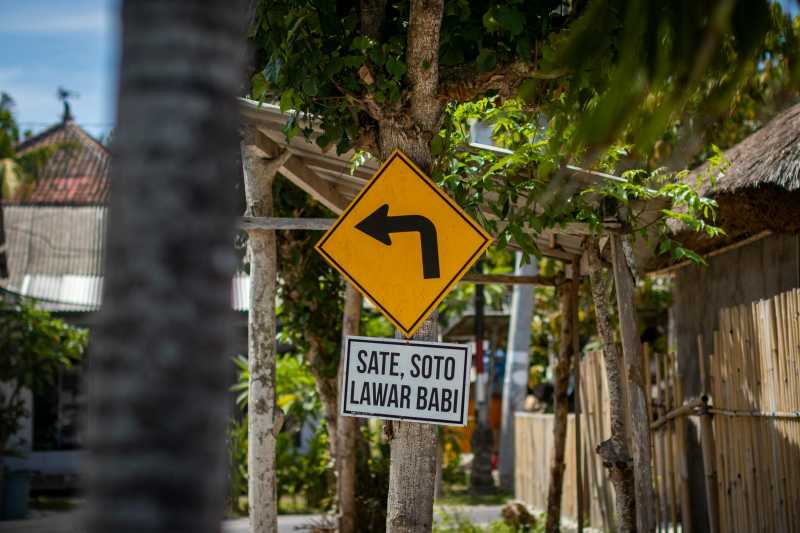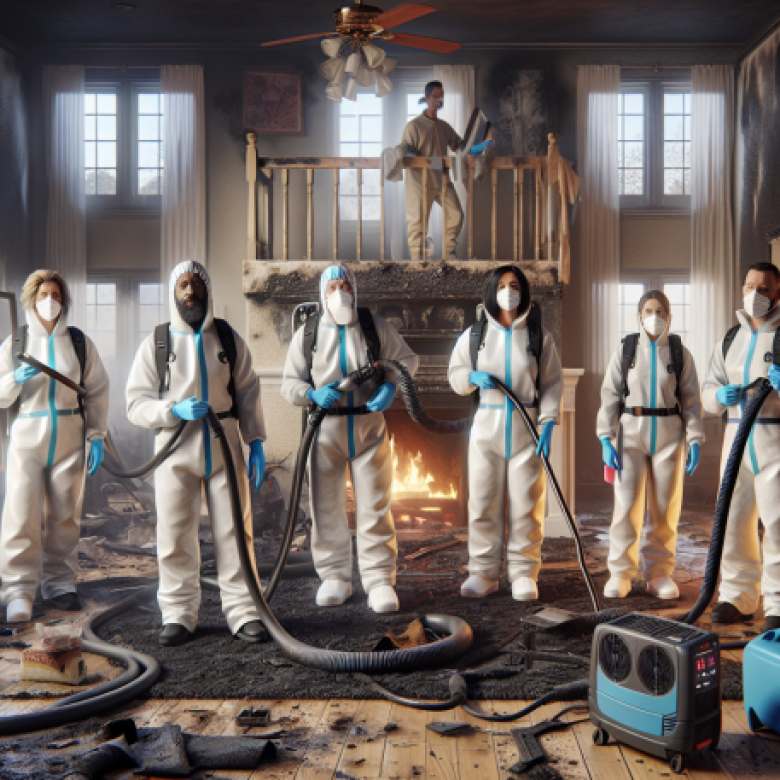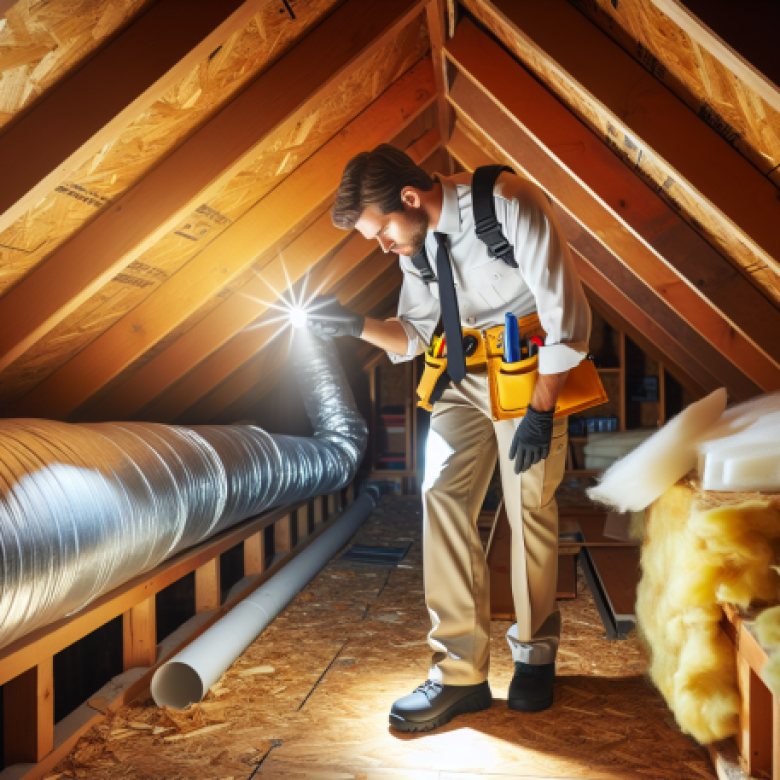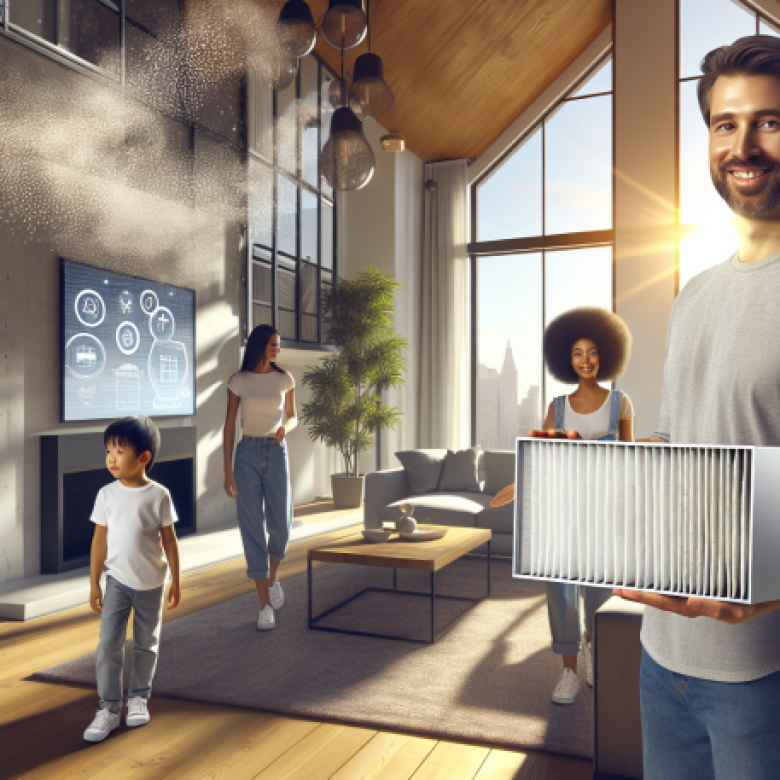In the ever-evolving world of property restoration, technology plays an increasingly pivotal role. Projekt Restoration, a leading name in water, fire, and mold restoration, is at the forefront of integrating advanced technology into our services. Our expertise extends beyond traditional restoration, encompassing mold assessment, biohazard cleanup, and reconstruction services. This blog post will delve into how we utilize cutting-edge technology to enhance our property restoration services, ensuring efficient, effective, and comprehensive solutions for our clients. We’ll explore how technology aids in damage assessment, streamlines the restoration process, and ensures the highest standards of safety and quality in our work. Join us as we navigate the role of technology in modern property restoration, a key aspect of our commitment to delivering superior service.
Understanding the Concept of Modern Property Restoration
Modern property restoration is a comprehensive process that involves repairing and restoring a property to its original condition after it has been damaged by various factors such as water, fire, mold, or biohazards. This process has significantly evolved over the years, with technology playing a pivotal role in enhancing efficiency, accuracy, and effectiveness.
Technology has revolutionized the way property restoration is conducted, making it possible to restore properties to their pre-loss condition quickly and efficiently. For instance, the use of advanced equipment and tools such as infrared thermal imaging allows professionals to detect hidden water damage or mold growth that would otherwise be difficult to identify. This technology uses thermal imaging to detect temperature differences on surfaces, indicating areas where water may have seeped into the structure.
Moreover, the advent of dehumidification technology has made it possible to control moisture levels in a property, preventing mold growth and further water damage. Dehumidifiers work by removing excess moisture from the air, creating a dry environment that inhibits the growth of mold and other harmful microorganisms.
Another significant technological advancement in property restoration is the use of reconstruction software. This software allows professionals to create a detailed plan for the restoration process, ensuring that all aspects of the project are accounted for and executed efficiently. It also enables them to provide accurate estimates to property owners, helping them make informed decisions about the restoration process.
In addition to these, technology has also made it possible to conduct thorough mold assessments. Using advanced tools and equipment, professionals can identify the type of mold present, its concentration levels, and the extent of the infestation. This information is crucial in determining the most effective mold removal method and preventing future infestations.
Furthermore, technology has also improved the process of content cleaning. Using ultrasonic cleaning technology, restoration professionals can clean and restore personal belongings that have been damaged by smoke, soot, water, or mold. This technology uses high-frequency sound waves to remove dirt and contaminants, restoring items to their original condition without causing further damage.
In conclusion, technology plays a crucial role in modern property restoration. It enhances efficiency, accuracy, and effectiveness, making it possible to restore properties to their pre-loss condition quickly and efficiently. As technology continues to evolve, it is expected to bring even more advancements to the property restoration industry, further improving the process and outcomes of restoration projects.
The Impact of Technology on Property Restoration
In the realm of property restoration, technology has emerged as a game-changer, revolutionizing the way restoration processes are conducted. From assessment to cleanup and reconstruction, technology has significantly improved efficiency, accuracy, and overall results in property restoration.
One of the most significant impacts of technology on property restoration is the use of advanced tools for damage assessment. For instance, the use of infrared thermal imaging has made it possible to detect hidden water damage or mold growth that would otherwise go unnoticed. This technology allows professionals to identify problem areas accurately, ensuring that no damage is overlooked during the restoration process.
Technology has also revolutionized the cleanup process. Traditional methods of cleanup after water damage or a biohazard incident can be time-consuming and may not guarantee complete removal of contaminants. However, with the advent of modern technology, cleanup has become more efficient and effective. For example, the use of advanced dehumidification equipment can speed up the drying process after water damage, preventing further damage and mold growth. Similarly, specialized equipment for biohazard cleanup ensures the complete removal of harmful substances, making the property safe for occupancy.
When it comes to reconstruction, technology has made it possible to restore properties to their pre-loss condition more accurately. Computer-aided design (CAD) software allows professionals to create detailed plans for reconstruction, ensuring that the restored property matches the original structure as closely as possible. This not only improves the aesthetic outcome but also ensures structural integrity.
Moreover, technology has improved communication and transparency in the property restoration industry. Property owners can now easily track the progress of restoration work through online platforms. This not only keeps them informed but also allows them to provide input throughout the process, ensuring their satisfaction with the final result.
In addition to improving the restoration process, technology has also made it easier for property owners to access restoration services. With the rise of the internet, property owners can now easily find and contact restoration professionals in their area. For instance, those in need of mold removal services in Cooper City can easily find and contact professionals through the Cooper City Mold Removal page on our website.
In conclusion, technology has had a profound impact on property restoration, improving efficiency, accuracy, and results. As technology continues to evolve, we can expect further improvements in the property restoration industry, making it easier for property owners to restore their properties after a disaster.
Technological Innovations Transforming the Property Restoration Industry
In the modern era, technology plays a critical role in every industry, and property restoration is no exception. The advent of innovative technological tools and techniques has revolutionized the way property restoration is conducted, making it more efficient, accurate, and cost-effective.
One of the most significant advancements in this field is the use of infrared thermal imaging. This technology allows professionals to detect hidden water damage and moisture issues that are not visible to the naked eye. It helps in identifying the exact location of the problem, thereby preventing unnecessary demolition and reducing restoration costs.
Another technological innovation that has transformed the property restoration industry is the use of advanced dehumidification systems. These systems are designed to remove excess moisture from the air, walls, and other structural elements, thereby preventing the growth of mold and mildew. They also help in drying out the property faster, reducing the time required for the restoration process.
The use of digital tools for estimation and calculation has also made a significant impact on the property restoration industry. These tools provide accurate estimates of the cost and time required for the restoration process, helping property owners to plan their budget and schedule accordingly. They also facilitate better communication between the restoration professionals and the property owners, ensuring transparency and trust.
In the case of fire damage, technology has provided innovative solutions for fire damage restoration. Advanced cleaning techniques and equipment are used to remove soot and smoke residues from the property, restoring it to its pre-loss condition. Specialized air scrubbers and deodorizers are also used to eliminate the lingering smell of smoke, providing a complete and thorough restoration.
Moreover, technology has also made it possible to conduct a comprehensive mold assessment in properties affected by water damage. Advanced testing methods are used to detect the presence of mold and determine the extent of the infestation. This helps in devising an effective mold remediation plan, ensuring the complete removal of mold and prevention of future growth.
In the event of a biohazard situation, technology plays a crucial role in the biohazard clean-up process. Advanced cleaning and disinfection techniques are used to ensure the safe and effective removal of biohazardous materials, protecting the health and safety of the occupants.
Furthermore, technology has also facilitated the process of reconstruction in the property restoration industry. Computer-aided design (CAD) tools are used to create detailed plans and blueprints, ensuring precision and accuracy in the reconstruction process.
In conclusion, technological innovations have significantly transformed the property restoration industry, making it more efficient, accurate, and cost-effective. As technology continues to evolve, it is expected to bring about even more advancements in this field, further enhancing the quality and effectiveness of property restoration services.
The Role of Drones and Robotics in Property Restoration
In the realm of property restoration, technology has been a game-changer, particularly in the form of drones and robotics. These advanced tools have revolutionized the way restoration professionals approach their work, making processes more efficient, accurate, and safe.
Drones, for instance, have become invaluable in the initial assessment phase of property restoration. They can quickly and safely survey a property, capturing high-resolution images and videos that provide a comprehensive view of the damage. This aerial perspective is particularly useful in cases where the property is unsafe or inaccessible due to factors such as structural instability or hazardous materials.
Moreover, drones equipped with infrared thermal imaging technology can detect hidden issues that might be missed by the naked eye. They can identify areas of moisture or heat within a property, indicating potential water damage or fire damage. This capability is crucial in preventing further damage and ensuring a thorough restoration process.
Robotics also play a significant role in property restoration. Robots can perform tasks that are dangerous or difficult for humans, such as entering confined spaces or handling hazardous materials. For instance, during a biohazard clean-up, robots can safely remove contaminated materials, protecting human workers from exposure.
In addition, robots can assist in the reconstruction phase of property restoration. Robotic technology can automate tasks such as bricklaying and concrete dispensing, increasing efficiency and precision. This not only speeds up the restoration process but also reduces the risk of human error, ensuring a higher quality of work.
Furthermore, drones and robotics can aid in the ongoing maintenance and monitoring of a property after restoration. They can regularly inspect the property for any signs of recurring damage or new issues, allowing for timely intervention. This proactive approach can prevent minor issues from escalating into major problems, saving property owners significant time and money in the long run.
In conclusion, drones and robotics have transformed property restoration, making it safer, more efficient, and more effective. They allow restoration professionals to better assess damage, perform tasks, and monitor properties, ultimately delivering a higher standard of service. As technology continues to advance, we can expect these tools to play an even more prominent role in property restoration.
At Projekt Restoration, we are at the forefront of this technological revolution, harnessing the power of drones and robotics to provide superior property restoration services. Whether you need assistance with water damage, fire damage, or mold assessment, our team of experts is equipped with the latest technology to ensure the best possible outcome for your property.
How Virtual Reality is Changing the Landscape of Property Restoration
In the evolving world of property restoration, technology plays a pivotal role in enhancing efficiency, accuracy, and overall customer satisfaction. One such technological innovation that is revolutionizing the industry is Virtual Reality (VR). This immersive technology is transforming the way restoration companies approach and manage property damage, offering a more streamlined and effective solution.
Virtual Reality provides a unique tool for property restoration, allowing professionals to virtually inspect and assess damage without physically being on-site. This not only saves time and resources but also minimizes potential safety risks. With VR, experts can virtually navigate through the damaged property, identifying areas of concern and planning the necessary restoration work. This can be particularly beneficial for large-scale projects or properties located in hard-to-reach areas.
Moreover, VR can significantly improve the accuracy of damage assessments. Using high-resolution 3D imaging, it can capture detailed information about the property, including the extent and nature of the damage. This data can then be used to create a comprehensive restoration plan, ensuring all aspects of the damage are addressed.
Virtual Reality also enhances communication and collaboration during the restoration process. Stakeholders can virtually ‘walk’ through the property, gaining a clear understanding of the damage and the proposed restoration plan. This transparency can help to build trust and confidence, ensuring all parties are on the same page.
In addition, VR can be used for training purposes, providing a safe and controlled environment for restoration professionals to hone their skills. They can virtually navigate through different scenarios, learning how to effectively respond to various types of property damage. This hands-on experience can significantly improve their proficiency and readiness, leading to better outcomes on the job.
Furthermore, VR can play a crucial role in disaster response and recovery. In the aftermath of a disaster, it can provide a quick and accurate assessment of the damage, helping to expedite the reconstruction process. This can be particularly beneficial in areas affected by severe weather events, where rapid response is critical.
In conclusion, Virtual Reality is reshaping the landscape of property restoration, offering a more efficient, accurate, and collaborative approach to managing property damage. As this technology continues to evolve, it is set to play an increasingly important role in the industry, helping to improve outcomes for both restoration companies and their clients.
For more information on how VR is used in property restoration, or to discuss your property restoration needs, please contact us.
The Future of Property Restoration: A Look at Emerging Technologies
As we delve into the modern era, the role of technology in property restoration is becoming increasingly significant. The industry is witnessing a surge in innovative technologies that are revolutionizing the way property restoration is conducted. These emerging technologies are not only making the process more efficient but also ensuring that the restored properties are safer and more durable.
One of the most promising technologies in the field is Infrared Thermal Imaging. This technology uses infrared sensors to detect hidden water damage or heat loss in a property. It allows professionals to identify potential issues that are not visible to the naked eye, such as moisture accumulation behind walls or insulation gaps in the roof. This technology is particularly useful in identifying water damage in its early stages, preventing further deterioration and expensive repairs.
Another game-changing technology is the use of drones for property assessment. Drones equipped with high-resolution cameras and sensors can quickly and accurately survey a property, especially in hard-to-reach areas. They can capture detailed images and videos, providing a comprehensive view of the damage. This technology significantly reduces the time and risk associated with manual inspections, making the assessment process safer and more efficient.
The use of 3D printing in property restoration is also on the rise. This technology can reproduce exact replicas of damaged parts, such as intricate moldings or unique architectural features. This not only preserves the original aesthetics of the property but also speeds up the restoration process.
In the realm of mold remediation, technology is playing a crucial role. Advanced mold removal techniques are being developed that use ultraviolet (UV) light to kill mold spores. This non-invasive method is highly effective and eliminates the need for harsh chemicals.
The industry is also witnessing the development of smart dehumidifiers. These devices, equipped with sensors and Wi-Fi connectivity, can monitor and control the humidity levels in a property remotely. They can be programmed to maintain optimal humidity levels, preventing the growth of mold and mildew. This dehumidification technology is particularly beneficial in areas prone to high humidity or water damage.
In the area of fire damage restoration, technology is making significant strides. Advanced fire damage restoration techniques are being developed that use hydroxyl generators to neutralize smoke odors. These generators produce hydroxyl radicals that break down the smoke molecules, eliminating the odor at its source.
The future of property restoration is undoubtedly intertwined with the advancement of technology. These emerging technologies are set to redefine the industry, making property restoration more efficient, effective, and environmentally friendly. As we move forward, we can expect to see even more innovative solutions that will further enhance the quality and speed of property restoration.
Case Studies: Successful Implementations of Technology in Property Restoration
In the modern world, technology has become an integral part of property restoration, significantly improving the efficiency, accuracy, and effectiveness of restoration processes. This section explores several case studies that highlight the successful implementation of technology in property restoration, demonstrating the transformative impact of technological advancements in this field.
One of the most notable examples is the use of infrared thermal imaging in detecting hidden water damage. This technology allows restoration professionals to identify moisture problems that are not visible to the naked eye, enabling early intervention and preventing further damage. In one case, a property that had suffered from a seemingly minor water leak was found to have extensive hidden water damage using infrared thermal imaging. The early detection allowed for prompt and effective restoration, saving the property owner significant time and money.
Another case study involves the use of dehumidification technology in a property that had suffered severe water damage. The advanced dehumidification equipment was able to quickly and efficiently remove excess moisture from the property, preventing the growth of mold and mildew and ensuring a safe and healthy environment for the occupants. This case demonstrates the critical role of technology in speeding up the restoration process and improving the quality of the outcome.
The use of technology in mold assessment and removal is another area where significant advancements have been made. In one case, a property that had been affected by mold was successfully restored using advanced mold assessment tools. These tools allowed for accurate identification and assessment of the mold problem, enabling the restoration team to develop an effective remediation plan. The result was a thorough and efficient mold removal process that ensured the long-term safety and health of the property’s occupants.
In the field of fire damage restoration, technology has also played a pivotal role. One case study highlights the use of advanced fire damage restoration techniques in a property that had been severely damaged by fire. The use of technology in assessing the extent of the damage, cleaning and restoring the property, and ensuring the safety of the structure was instrumental in the successful restoration of the property.
These case studies underscore the transformative impact of technology in property restoration. They highlight the ways in which technological advancements have improved the efficiency, effectiveness, and quality of restoration processes, ultimately leading to better outcomes for property owners. As technology continues to evolve, it is expected to play an even more significant role in property restoration, offering new and improved solutions to restoration challenges.
In conclusion, technology has undeniably revolutionized the property restoration industry, making processes more efficient, accurate, and cost-effective. From advanced moisture detection systems to 3D imaging and drone technology, these innovations have not only streamlined the restoration process but also significantly improved the accuracy of damage assessments. Moreover, the advent of green technology has made property restoration more sustainable, reducing the industry’s environmental impact. As technology continues to evolve, we can anticipate further advancements that will redefine property restoration, making it even more precise, efficient, and environmentally friendly. The future of property restoration is indeed tech-driven, and embracing these advancements is crucial for any restoration company aiming to stay competitive in the modern market.





